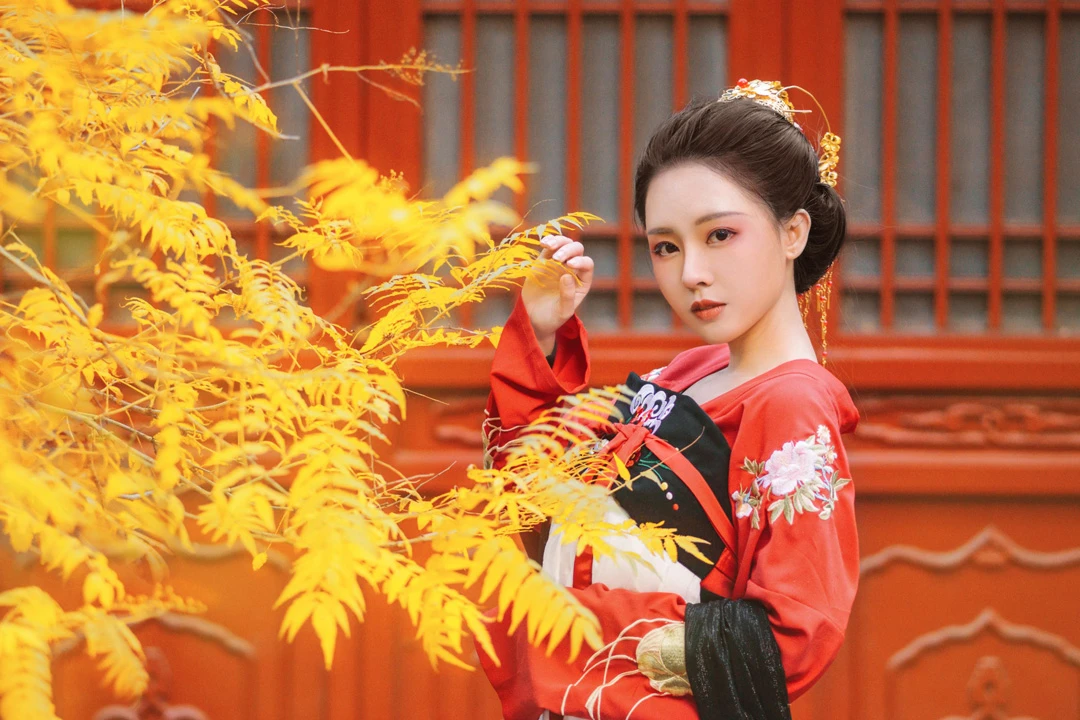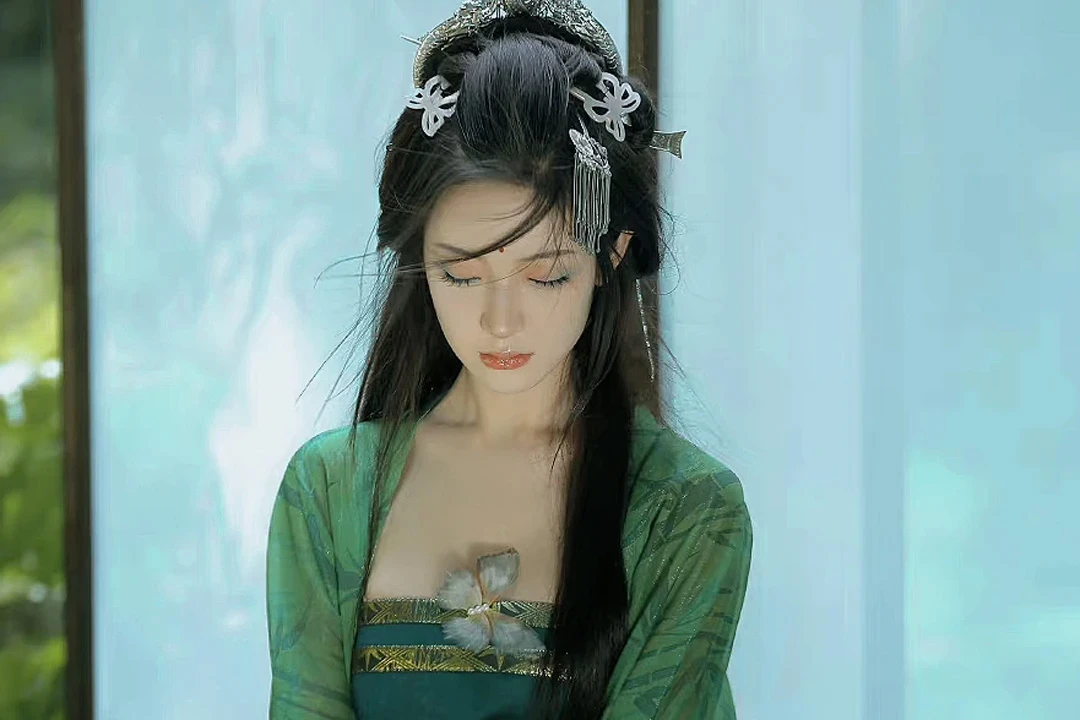In recent years, “new Chinese style” hanfu clothing, represented by the iconic horse-face skirt, has taken the fashion world by storm. This trend is not merely a fleeting fad but a reflection of the profound cultural resonance and resurgence of traditional Chinese aesthetics. The popularity of these garments can be attributed to a heightened sense of cultural pride and identity among Chinese consumers, coupled with the country’s mature and well-established textile and apparel industry.
The horse-face skirt, with its distinctive pleated design resembling the protruding towers on ancient city walls, has become a cultural symbol and consumption trend. According to industry reports, the horse-face skirt market has already reached a market capacity of tens of billions of yuan, with many traditional clothing companies participating in its production and design.
The success of the “new Chinese style” fashion is not confined to the horse-face skirt alone. Other garments, such as the qipao (cheongsam), Tang-style shirts, and Hanfu (traditional Han Chinese clothing), have also undergone modern reinterpretations, blending traditional elements with contemporary aesthetics. For instance, the traditional qipao has been redesigned with a more relaxed silhouette and simplified details, making it more practical for everyday wear while retaining its cultural essence.
The appeal of “new Chinese style” clothing transcends age and demographic boundaries. Young people, middle-aged individuals, and even the elderly have embraced this trend, becoming the driving force behind its consumption. Consumers are drawn to the sense of cultural authenticity and pride that these garments embody, as well as the opportunity to incorporate traditional elements into their everyday wardrobes.
Guangzhou Hanfu City
Behind the success of “new Chinese style” fashion lies a well-established and mature textile and apparel industry supply chain, particularly in cities like Guangzhou. This city has become a hub for the production and distribution of traditional and modern hanfu clothing, with many renowned brands and designers based there. The integration of traditional craftsmanship and modern design techniques has allowed for the creation of innovative and accessible “new Chinese style” garments, catering to the evolving tastes and lifestyles of contemporary consumers.
Moreover, the cultural significance of “new Chinese style” fashion extends beyond mere aesthetics. It represents a revival of traditional Chinese culture and a celebration of the country’s rich heritage. Designers and brands are actively exploring ways to incorporate and reinterpret traditional elements, such as patterns, embroidery techniques, and styling details, into their creations.
As the “new Chinese style” fashion trend continues to gain momentum, industry experts anticipate a shift towards higher-end design and craftsmanship. The future of this movement lies in striking a balance between preserving traditional cultural values and embracing modern design sensibilities, catering to the discerning tastes of consumers who seek both authenticity and contemporary relevance.
The enduring popularity of “new Chinese style” fashion can be attributed to its successful fusion of traditional aesthetics with modern design sensibilities, catering to the evolving tastes and lifestyles of contemporary consumers.
One of the key drivers behind this trend is the resurgence of cultural pride and identity among Chinese consumers. As the country’s economic prowess and global influence continue to grow, there is a renewed appreciation for the nation’s rich cultural heritage. Wearing “new Chinese style” garments has become a way for individuals to express their connection to their roots and celebrate their cultural identity.
Moreover, the incorporation of traditional craftsmanship and techniques into these modern garments has also contributed to their appeal. Techniques such as embroidery, dyeing, and intricate pattern-making have been reimagined and integrated into contemporary designs, creating a unique blend of old and new. This fusion not only preserves ancient artisanal skills but also ensures their relevance and appreciation in the modern era.
The success of “new Chinese style” fashion is also a testament to the strength and adaptability of China’s textile and apparel industry. With its well-established supply chains and manufacturing capabilities, the industry has been able to respond to the growing demand for these culturally significant garments while ensuring quality and accessibility.
Looking ahead, the future of “new Chinese style” fashion lies in continuous innovation and exploration. Designers and brands are expected to push the boundaries further, drawing inspiration from diverse regional styles and historical periods within Chinese culture. Additionally, there is a growing emphasis on sustainability and ethical production practices, ensuring that the revival of traditional craftsmanship aligns with modern values and environmental concerns.
Ultimately, the “new Chinese style” fashion craze represents more than just a passing trend; it is a celebration of China’s rich cultural heritage and a reflection of the nation’s evolving identity on the global stage. As consumers continue to seek out authentic and meaningful connections to their roots, this fashion movement is poised to endure and evolve, captivating audiences both within China and beyond.


